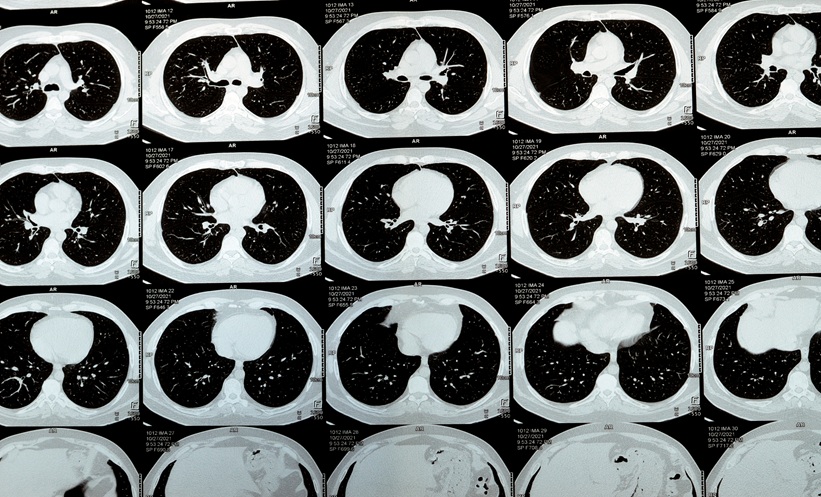BACKGROUND
The ability to design multidrug treatment strategies that manage, reduce or ideally prevent drug resistance in microbial populations are desperately needed.1 Collateral sensitivity (when resistance to one drug comes with sensitivity to another) and synergism (when two drugs magnify each other’s effects) are both promising strategies. However, both can fail when rare adaptive mutations do not display collateral sensitivity or synergism as expected. Therefore, designing a successful multidrug regimen requires extensive screening of drug environments and adaptive mutations to make accurate predictions about treatment success.
METHODS
Here the authors used novel, massively parallel technology to screen ~300,000 barcoded Saccharomyces cerevisiae lineages as they adapt to different concentrations and/or combinations of fluconazole and radicicol. The authors observed a wide range of mutants conferring drug resistance, and performed subsequent experiments quantifying how these mutants respond to sequential and combination drug challenges.
RESULTS
Thousands of evolved mutants clustered into six distinct groups with unique collateral sensitivities and synergy profiles, suggesting there are fundamental differences in their underlying resistance mechanisms.2 Fluconazole-adaptive mutants demonstrated more predictable collateral sensitivity profiles, while radicicol-adaptive mutants exhibited diverse and less-consistent tradeoffs. Notably, across both types of drug-resistant mutants, single-point mutations resulted in significantly varied outcomes in drug combinations, underscoring the challenges in evolutionary medicine pertaining to designing effective multidrug therapies that reliably exploit synergistic drug interactions.3
CONCLUSION
While leveraging collateral sensitivity and synergism offers significant therapeutic potential, understanding and predicting them requires comprehensive studies to map the complex genetic and environmental factors that influence microbial evolution. By systematically categorising adaptive mutations and their tradeoffs in many single, sequential, and double drug treatments, the authors study provides critical insights into the complexity of antifungal resistance and informs strategies for more effective, evolutionary-informed therapies.







